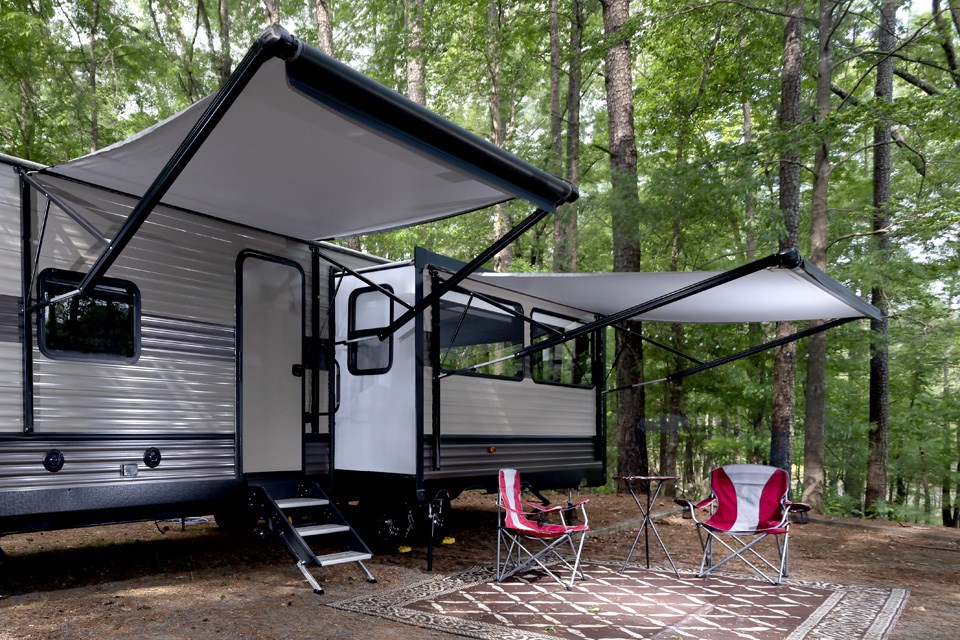As an RV owner, you know how important it is to keep your rig in top condition. One of the most important components of your RV is the awning. Well, it might not be important for the actual function of your vehicle, but it sure is important for your relaxation. Your awning provides shade and protection from the elements, allowing you to enjoy the great outdoors in comfort. However, like any other part of your RV, your awning requires regular maintenance and occasional repairs to keep it in good shape. Here are ten things you need to know about your RV awning, including maintenance and repairs.
Keep That Baby Clean
One of the most important things you can do to maintain your awning is to clean it regularly. This will help prevent mould, mildew, and other forms of damage. Use a soft brush and mild soap to clean your awning, and be sure to rinse it thoroughly with clean water.
Keep It Dry As A Bone
When you're not using your awning, be sure to keep it dry. This will help prevent mould and mildew from forming. If your awning does get wet, be sure to let it dry completely before rolling it up. One of the most common awning issues comes from it being stored away before being completely dried out. If you don’t want a stinky and inconvenient surprise, be sure it’s dry as a bone before rolling it up.
Keep A Close Eye
It's important to inspect your awning regularly for signs of wear and tear. Look for tears, holes, and other damage. If you notice any damage, repair it as soon as possible to prevent it from getting worse. If your awning has tears or holes, don't panic. Small tears and holes can be easily fixed with a patch kit. For larger tears, you may need to replace the fabric altogether. While the small issues may seem insignificant, they can really snowball, so it’s better to be proactive and make a quick fix while you’re able.
Check The Hardware
In addition to inspecting the awning fabric, it's important to check the hardware regularly. Look for rust, corrosion, and other signs of wear. If you notice any problems, replace the hardware as needed. If you’re not familiar with the type of hardware you’re fixing or replacing, be sure to enlist the help of an expert. Flying blind can do more harm than good, so don’t overestimate your RV repair abilities! At the very least, check out your owner’s manual and some online tutorials before grabbing your tools.
Lubricate the Moving Parts
To keep your awning operating smoothly, it's essential to lubricate the moving parts regularly. Use a silicone-based lubricant to lubricate the arms, hinges, and other moving parts.
Adjust the Tension
Over time, the tension on your awning can become loose, causing it to sag or flap in the wind. To fix this problem, adjust the tension on your awning by tightening the springs. This can cause future damage and make your awning more vulnerable to tears, so it’s best to keep it pulled tight.
Replace the Fabric
If your awning fabric is old and worn out, it may be time to replace it. This is a big job that requires some expertise, so it's best to hire a professional. If you’re up for the challenge, be sure to do your research.
Be Careful When Retracting
When retracting your awning, be sure to do it slowly and carefully. If you retract it too quickly, you could damage the hardware or tear the fabric.
Keep It Secure
Finally, it's important to secure your awning properly when you're not using it. Use stakes or weights to keep it in place, especially in windy conditions.
This story is brought to you by Great West Media Content Studio. It is not written by and does not necessarily reflect the views of the editorial staff.



